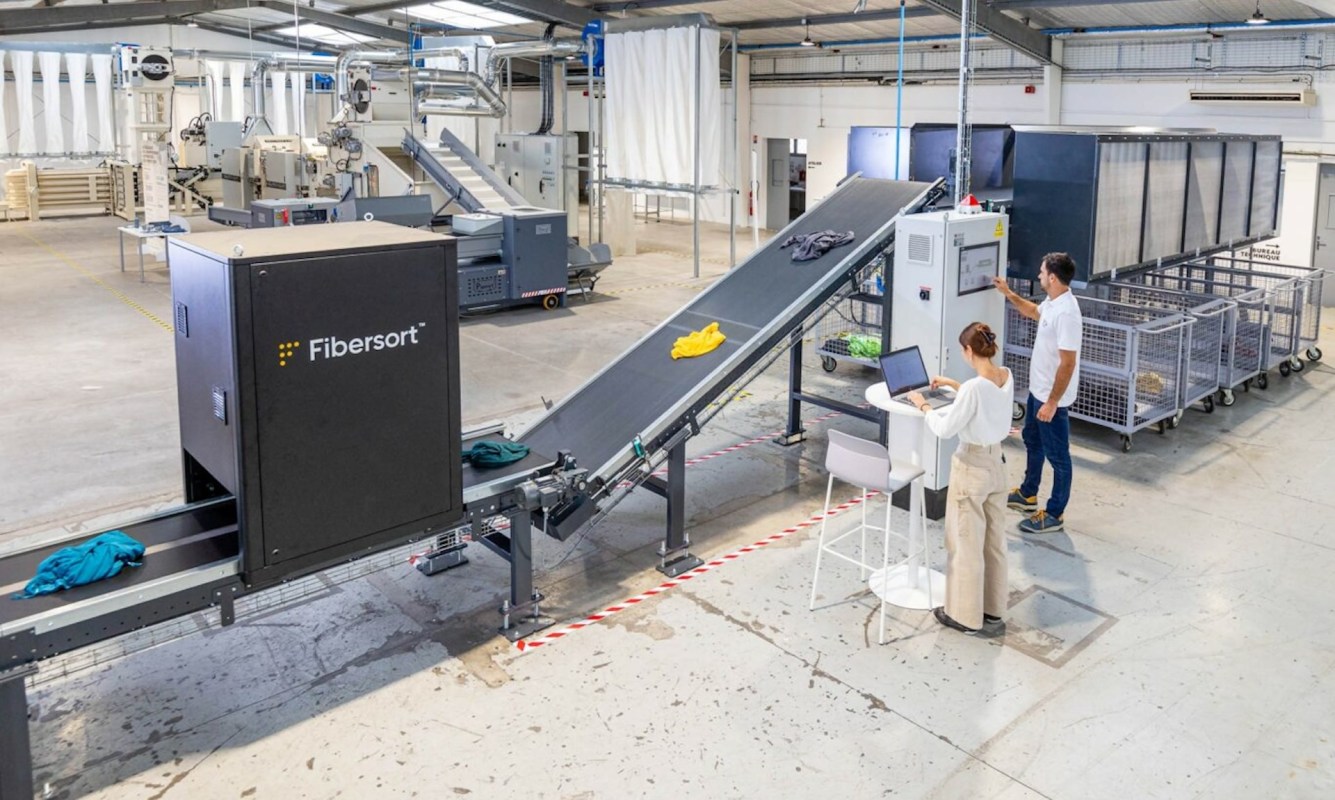CETIA, a French-based "innovation platform" that leverages automation, AI, and robotics to transform leather and textiles into recyclable materials, has created the world's first machine that can seamlessly pull the soles off shoes, according to Euronews Green.
As Euronews Green reported, Europe only recycles 1% of its used textiles, partly because of the effort it takes to sort materials. In particular, shoes are difficult to recycle because they're made of up to 40 different materials like polyester, foam, and leather and held together with heavy-duty glue that can contaminate other materials.
According to French news site The Local, recycling facilities melt the glue by baking shoes for "many hours," making removing the soles by hand easier. However, CETIA's invention simplifies the process even more, with their proprietary systems able to separate and sort 120 shoes per hour, according to the company website.
"It was a chicken-and-egg question. No one was recycling soles because we couldn't separate them from the shoe, and no one was separating them because there was no recycling," company director Chloé Salmon Legagneur told The Local.
CETIA also deployed a Valvan Fibersort machine to identify and sort textiles based on color properties and fiber composition. The machine sorts one garment per second into one of 10 different bins, per the CETIA website.
CETIA's sole-removing technology platform "uses a near infrared sensor to detect the material of the garment quite accurately — whether it's 80% cotton, 20% polyester or 50/50," Legagneur told Euronews Green.
🗣️ What's your primary motivation in shopping at thrift stores?
🔘 Cheaper clothes 🤑
🔘 Trendier items 😎
🔘 Reduced environmental impact 🌎
🔘 I don't thrift 🚫
🗳️ Click your choice to see results and speak your mind
Per CETIA, after passing through the sorting machine, the clothing goes into fraying machines — which handle over 1,300 pounds of garments per hour — that separate fibers from fasteners like zippers or buttons.
As Euronews Green reported, this cutting-edge technology cost nearly two million euros (more than $2.1 million). However, CETIA has received 900,000 euros (nearly $1 million) in financing from eco-organization Refashion and nearly a million euros (around $1.1 million) from France's Nouvelle-Aquitaine region, where the company is located.
CETIA's textile recycling center just opened in 2023, according to Innovation in Textiles. The company continues to develop prototypes and AI-assisted solutions for recycling various products as more industries show interest in their sustainable technologies.
"Brands are telling us that they want their products' textiles to be recycled in their own industry, rather than being used in insulation or flooring," Legagneur told Le Figaro, according to JustStyle.
As CETIA expands its operations and acquires more customers, it could go a long way in helping the European Union reach its textile recycling goals. By 2030, the EU plans on setting a minimum content of recycled fibers in new clothing, according to the European Commission.
The company's groundbreaking recycling solutions can also help tackle the nearly 14 million tons of textile waste produced each year in Europe, per Euronews. Over 5.5 million tons annually come from discarded clothing, which often ends up burned or in landfills.
"None of this is a magic idea. It's just common sense," Legagneur told The Local. "But it's about putting together the engineers and the financing and the companies who need these solutions, and it's only now that these things are coming together. Ten years ago, no one wanted it."
Join our free newsletter for weekly updates on the coolest innovations improving our lives and saving our planet.









